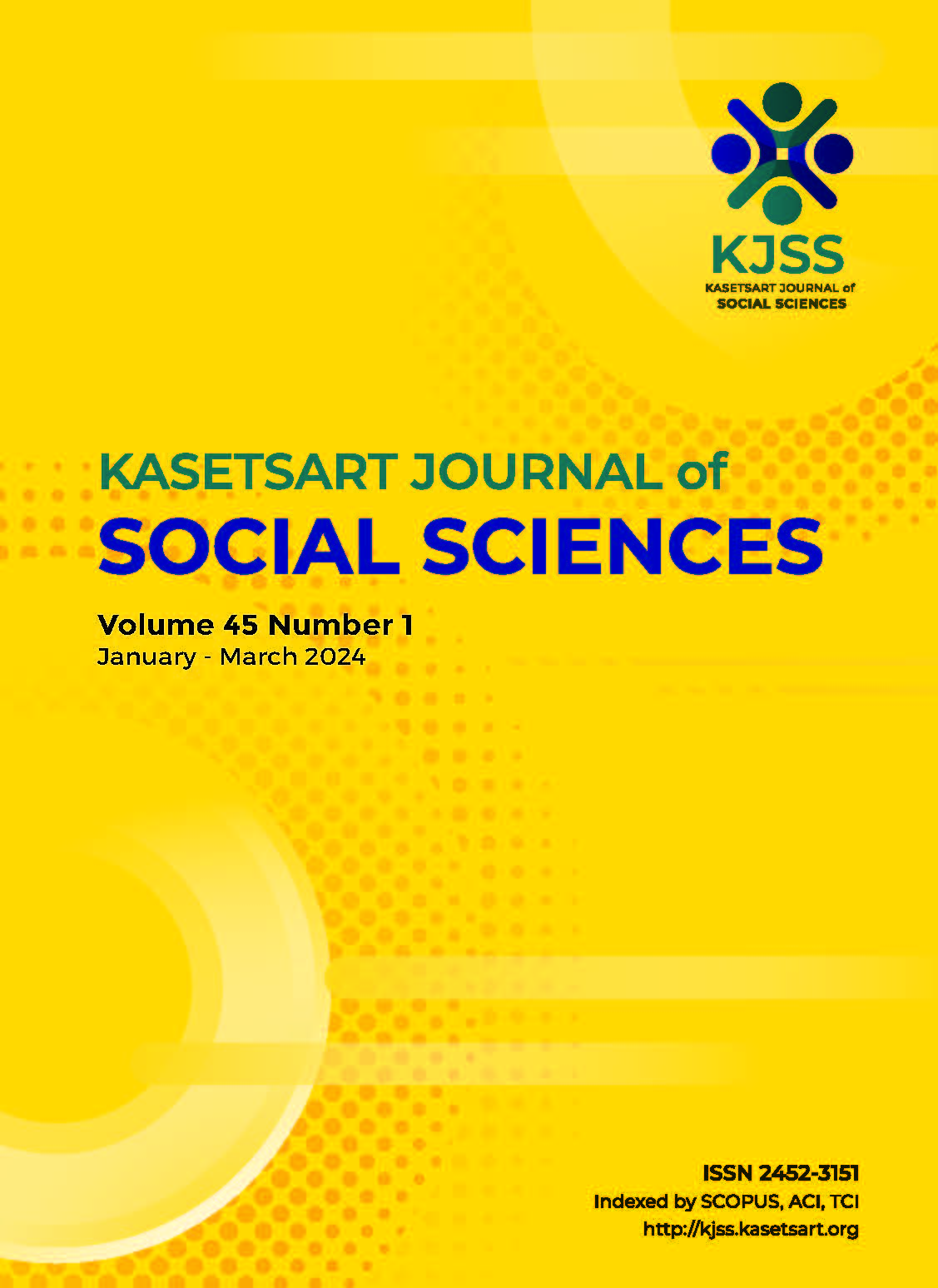Customer satisfaction and intention to recommend among live-streaming shopping customers: An extension of the unified theory of acceptance and use of technology 2
Keywords:
customer innovativeness, customer satisfaction, intention to recommendation, live-streaming shopping, UTAUT2Abstract
Live-streaming shopping has become an emerging pattern of online consumption in recent years, and China is the market with the most rapid development in live-streaming shopping. However, there are limitations of understanding customer psychological states towards live-streaming shopping. This study extended the unified theory of acceptance and use of technology-2 model along with the customer innovativeness to investigate customer satisfaction, intention to recommend, and usage behavior of live-streaming shopping. Moreover, the demographic factors of age, gender, and experience were included and considered moderating factors. A snowball sampling method was applied to collect data from 739 Chinese live-streaming consumers in mainland China. The findings of PLS-SEM analysis showed the proposed model has moderate power in explaining customer satisfaction (R2 = .57), usage behavior (R2 = .48), and the intention to recommend (R2 = .46). Besides, “habit” was the strongest mechanism of both customer satisfaction (β = .22, p < .00) and usage behavior (β = .40, p < .00). Ultimately, satisfaction was the most important predictor of customer intention to recommend a live-streaming shopping (β = .33, p < .00). The study provides empirical evidence that the unified theory of acceptance and use of technology-2 model can be extended to predict customer satisfaction in the context of online shopping. The results also provide meaningful practical insights that merchants can enhance customer satisfaction by forming their shopping habits via live-streaming patterns, thereby encouraging customers to recommend it.
Downloads
Published
How to Cite
Issue
Section
License

This work is licensed under a Creative Commons Attribution-NonCommercial-NoDerivatives 4.0 International License.
This is an open access article under the CC BY-NC-ND license http://creativecommons.org/licenses/by-nc-nd/4.0/










